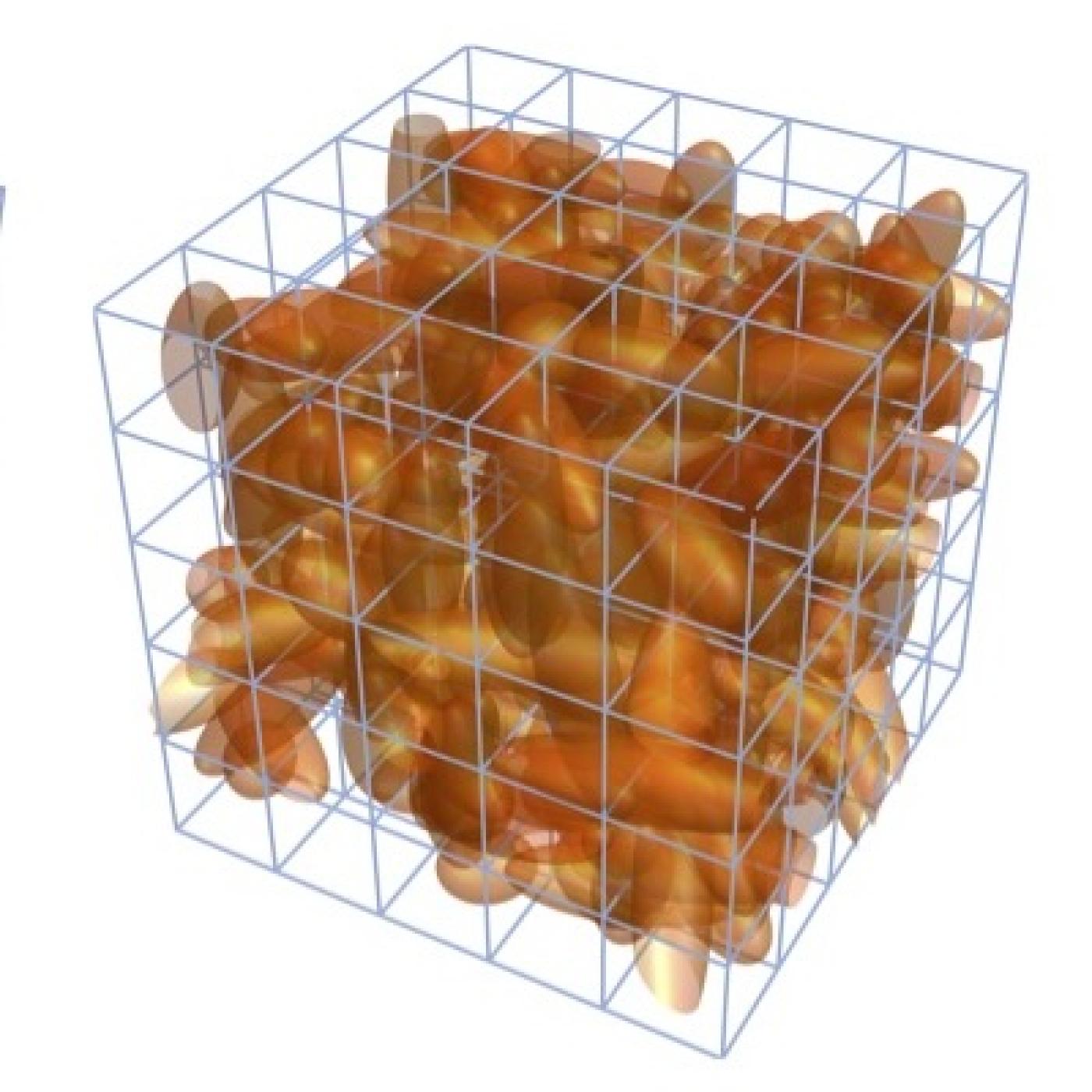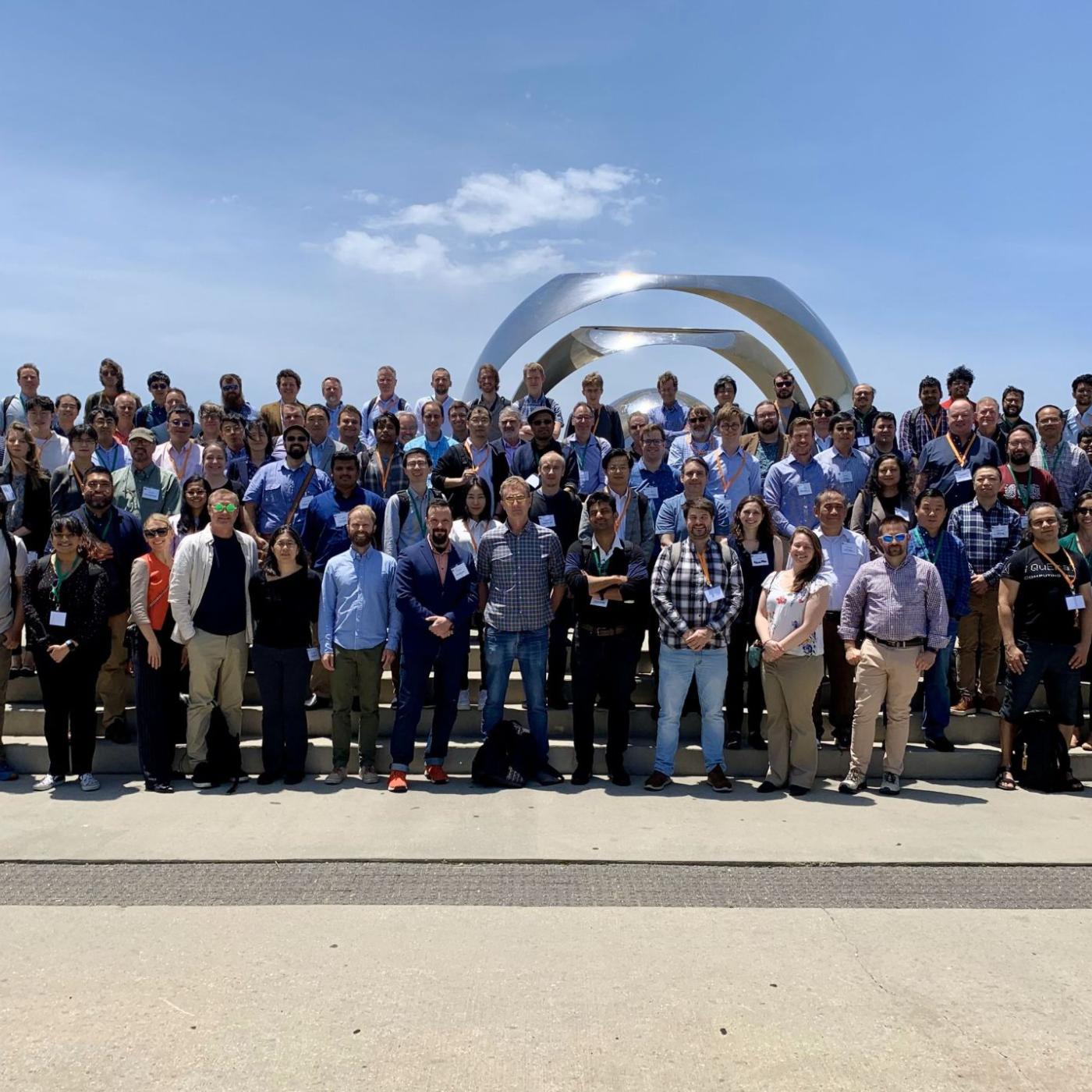
Filter News
Area of Research
- Biology and Environment (13)
- Building Technologies (3)
- Computational Biology (1)
- Computer Science (1)
- Electricity and Smart Grid (1)
- Energy Science (46)
- Functional Materials for Energy (1)
- Fusion and Fission (1)
- Materials (7)
- Materials for Computing (3)
- National Security (3)
- Neutron Science (10)
- Nuclear Science and Technology (1)
- Supercomputing (18)
News Topics
- (-) Buildings (74)
- (-) Coronavirus (48)
- 3-D Printing/Advanced Manufacturing (146)
- Advanced Reactors (40)
- Artificial Intelligence (129)
- Big Data (78)
- Bioenergy (111)
- Biology (128)
- Biomedical (73)
- Biotechnology (38)
- Chemical Sciences (84)
- Clean Water (33)
- Composites (34)
- Computer Science (224)
- Critical Materials (29)
- Cybersecurity (35)
- Education (5)
- Element Discovery (1)
- Emergency (4)
- Energy Storage (114)
- Environment (218)
- Exascale Computing (65)
- Fossil Energy (8)
- Frontier (63)
- Fusion (66)
- Grid (74)
- High-Performance Computing (129)
- Hydropower (12)
- Irradiation (3)
- Isotopes (62)
- ITER (9)
- Machine Learning (67)
- Materials (156)
- Materials Science (157)
- Mathematics (12)
- Mercury (12)
- Microelectronics (4)
- Microscopy (56)
- Molten Salt (10)
- Nanotechnology (63)
- National Security (86)
- Neutron Science (171)
- Nuclear Energy (122)
- Partnerships (67)
- Physics (69)
- Polymers (35)
- Quantum Computing (53)
- Quantum Science (92)
- Security (31)
- Simulation (64)
- Software (1)
- Space Exploration (26)
- Statistics (4)
- Summit (70)
- Transportation (102)
Media Contacts
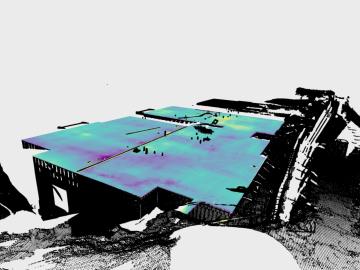
Researchers at ORNL have developed a tool that gives builders a quick way to measure, correct and certify level foundations. FLAT, or the Flat and Level Analysis Tool, examines a 360-degree laser scan of a construction site using ORNL-developed segmentation algorithms and machine learning to locate uneven areas on a concrete slab.
Researchers at ORNL are using microwave radar reflection to nondestructively detect and measure the moisture content of materials within walls without removing drywall or cladding. This also expedites the moisture identification process and enables mold growth to be treated in the early stages.

ORNL, as a partner in the DOE’s Stor4Build Consortium, is co-leading research with several national laboratories to develop thermal energy storage to complement electrical battery storage and recently hosted a two-day workshop focused on advancing these technologies.
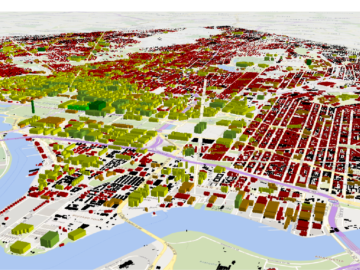
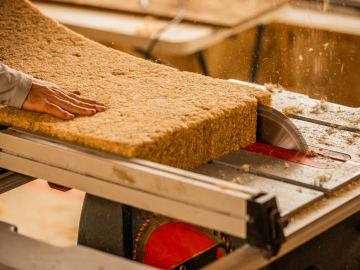
Hempitecture, a graduate of the Innovation Crossroads program, has been awarded $8.4 million by the DOE's Office of Manufacturing and Energy Supply Chains. As part of the grant, Hempitecture will establish a facility in East Tennessee.
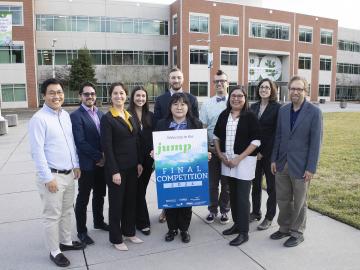
Science, technology, engineering and math students from colleges across the nation who participate in the next DOE Building Technologies Office’s JUMP into STEM competition will tackle three new challenges: building affordability, peak power demand and indoor comfort in extreme climates.
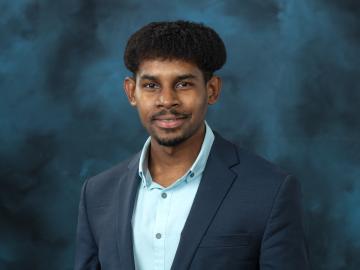
ThermoVerse and Expanding Frontiers have made strides in energy innovation by securing wins in Phase 2 of the Department of Energy’s American-Made Lab MATCH Prize, a competition designed to accelerate commercialization of national laboratory technologies.
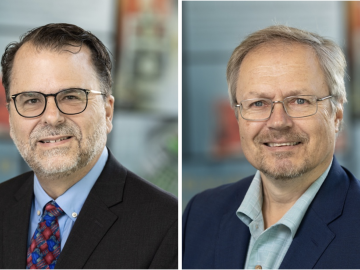
Stephen Kowalski and Mikael Salonvaara received the Distinguished Service Award, which salutes members who have served the society with distinction in chapter, regional and society activities.

Kashif Nawaz, distinguished researcher and section head for Building Technologies Research at the Department of Energy’s Oak Ridge National Laboratory, has been named a Fellow of the American Society of Mechanical Engineers, or ASME.

Katy Bradford is on a mission to revolutionize the construction industry and is the founder of Cassette Construction, a company in the newest cohort of Innovation Crossroads, a DOE Lab-Embedded Entrepreneurship Program node at ORNL. As an Innovation Crossroads fellow, Bradford and her company will receive technical, financial and networking support to successfully advance the company’s products to the marketplace.


